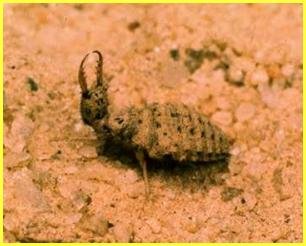 |
| Being a guide is not a hobby or a job, it’s a passion, I think if you cannot be passionate about all the things you have to do as a guide, you’re not a guide. But believe me, if you find what you are passionate about, being a guide is the best job in the world. |
 |
| Only the brave can do this...My passion .. God Bless thy work of thy Hand.. |
 | |
| The guiding motto as a naturalist/Guide should be, seek simplicity and distrust it. |
 | |
| Misty Harmony at Nairobi Safari Walk |
I have an avid interest in all aspects of fauna and flora, and although I have no ‘field of specialty’, I would say that I have particular interest in the Behavior of Animals and Birds. I have a particular interest in diversifying my knowledge-base to include as broad a spectrum of environmental topics, natural science subjects and wildlife destinations as possible.
Photography is a keen interest of mine (with particular interest in sepia imagery) – having taken most of the photographs in my Facebook Profile - and therefore have an understanding of what lighting and positions are best for guest photography. This is an attribute which undoubtedly enhances the overall safari experience for visitors.
My primary focus is to travel to and explore the natural wonders of the African Continent and the World, and in so-doing attain a better first hand understanding of nature’s fundamentals in order to make this information available in as clear a manner as possible to my guests.
I am passionate about the pivotal role that tourism can play in Africa and seriously aspire to not only putting something back into the industry -but also to making a positive contribution toward growing Africa’s slice of the international tourism cake. I believe that the easiest way to do this is by exposing my guests to, and making them aware of, the unique historical, cultural and environmental virtues of the region in an articulate and enthusiastic manner as possible.
When not guiding,am studying/reading books that will improve my Guiding Skills, , I enjoy spending time relaxing and even Bird watching.
I have always had a passion for teaching and from the early days of my career have wanted to make a difference and ‘put something back’ into the industry from which I have gained so much. With this in mind,I am planing to open up Ornithological & Safaris Expeditions Here In Kenya,to inform and teach young and aspiring guides.
This are the tributes towards,improving and conserving mother Nature.
Member:Kenya Professional Safari Guides Association
Member:Nature Kenya













